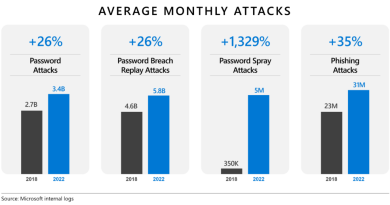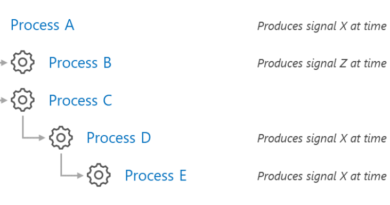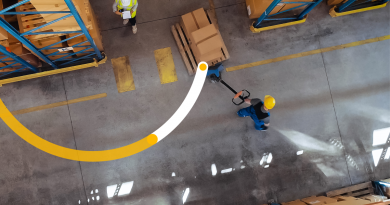Making it real—harnessing data gravity to build the next gen SOC
This post was coauthored by Diana Kelley, Cybersecurity Field CTO, and Siân John, EMEA Chief Security Advisor, Cybersecurity Solutions Group.
In our first blog, Diana and I talked about the concept of data gravity and how it could, conceptually, help organizations take a more “cloud-ready” approach to security operations and monitoring. In this post we address the question: “How do we make this a reality in the security operations center (SOC) while we are under increased and constant pressure from motivated threat actors?”
The answer lies in a new approach to monitoring called Security Orchestration, Automation and Response (SOAR), which is founded upon addressing the challenge of connecting and investigating issues across multiple security platforms. SOAR addresses the challenges of evolving security operations beyond the traditional security information and event management (SIEM) model into one that allows correlation across all the data gravity wells. Core to this is being able to take an event from one system (for example an endpoint like a laptop) and in real-time correlate that across different systems—such as a mail hygiene gateway—in order to build evidence and apply context needed for a fast and efficient investigation. This is something that analysts have historically done manually to investigate an issue: look across multiple different evidence points to find the information behind an event to determine if it’s a false positive or if needs further investigation. Historically deciding what incidents need investigation was left to the SIEM model, but as we discussed in the last blog both the difficulties with false positives and the rules of data gravity make this more difficult to achieve.
Let’s discuss how this can be achieved using Microsoft as an example.
We have a number of significant areas of data gravity within the technology that Microsoft customers use. These are Office 365, Windows, and Azure, each with a different focus and level of protection, but is what we need bring to together to share insights and events across these technical areas. This is where the Intelligent Security Graph comes into play for us. This is a subset of the Microsoft Graph focused specifically on sharing security information and insights that we see across our infrastructure:

Each of the areas of security products we have integrated with the graph allow us to share insights across different areas and build orchestration capability, context, and automation across systems without necessarily having to pull them all into one single aggregated log store. Analysis is done, as and when required, often driven by the machine learning and behavioral techniques that help to determine what information is needed.
The next step is to make this information available to others and why we released the graph security API. This is an open and free API that allows customers to interrogate Microsoft data in real-time for alerts and context that the Office 365, Windows, and Azure security systems hold. This allows organizations to integrate alerts into their own SOC or build automated playbooks and investigations built across the platform. This isn’t just about orchestrating across Microsoft. The law of data gravity says that we must integrate with others and many leading security vendors have also integrated into the API to provide information into our platform for integration, and also to allow them to real-time query Microsoft to provide context in their own platforms.
When insights across multiple data gravity wells can be accessed and correlated in near real-time, the SOC analyst can spend far less time writing SIEM rules and more time tuning orchestration and automation that is focused on improving insight, reducing false positives, and investigating the important information. The capability that SOC vendors should be focusing on is building a real-time investigation platform that enables analysts to investigate security event signal across multiple vendors and investigate in real-time, by respecting the laws of data gravity. Meaningful insights and reducing mean time to identify (MTTI) and mean time to remediate (MTTR) are far better measures of SOC effectiveness than how many events per second (EPS) are processed.
To make the SOC of tomorrow a reality, the question you ask your security vendors needs to change. Instead of asking “Can you send all your logs into my SIEM?” ask these questions instead:
- How do you orchestrate events across your own platform?
- Do you provide APIs for me to query in real-time?
- How do you integrate with other vendors?
- What partnerships, orchestration, and automation capabilities do you have?
The SOC of tomorrow must look across multiple data sources, gravity wells, and hybrid clouds to provide a complete look at a company’s security posture. Look for vendors that understand this new architectural approach and are building cloud-aware solutions for tomorrow, not ones that are locked into an on-premises-centric past.
READ MORE HERE



